Portulaca is easy to grow and maintain. A little pruning and cutting help in spreading. Although sometimes you may encounter some problems like dropping leaves. Why is it happening when the plant is easy to manage? Here is the answer we found.
The reason why the portulaca drop leaves is because of poor watering. Overwatering will result in root rot, turning the stems brown or black, while underwatering won't give enough moisture to supply the entire plant.
Would you like to learn how to save your plant due to watering problems? Are there any other issues portulaca may have in the future that you should know about? We will discuss those further, so continue reading throughout the article.
Why Does Your Portulaca Lose Its Leaves?
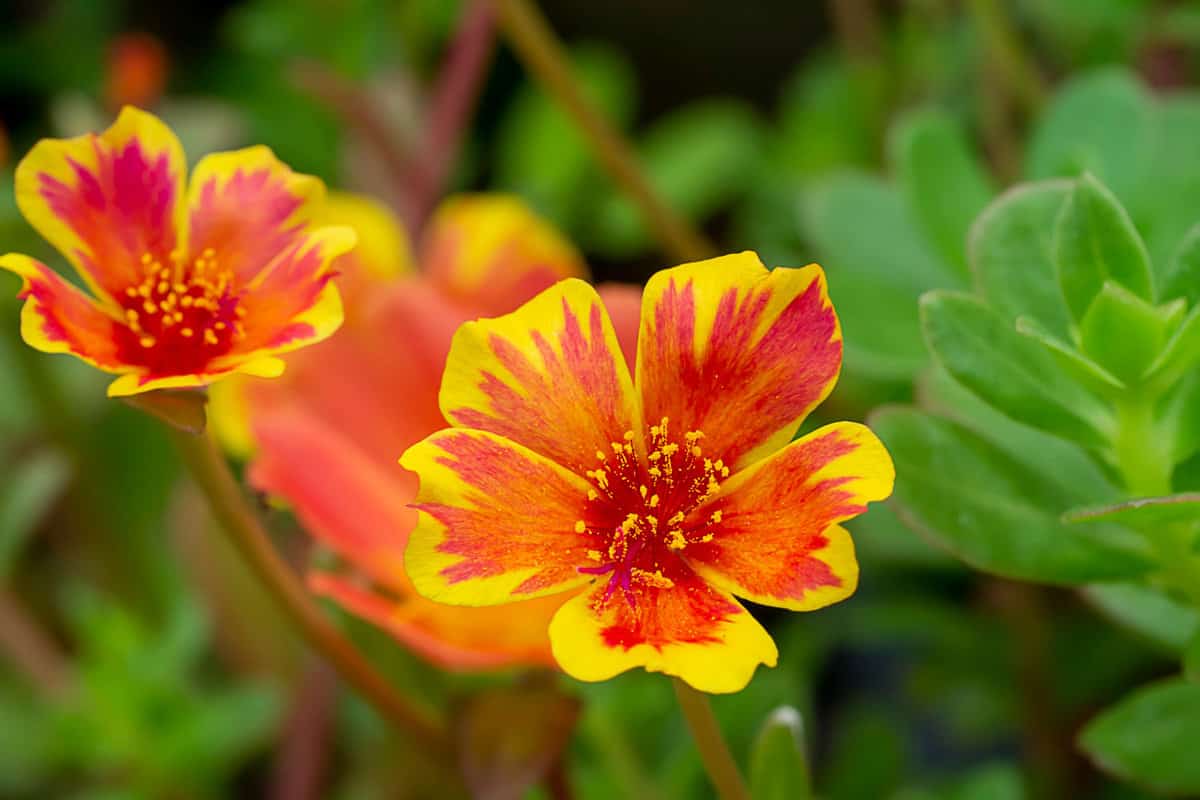
Portulaca is an ornamental plant that is both perennial and annual. This plant is drought tolerant. It doesn't need too much watering and requires well-drained soil and a container with good drainage. Its leaves turn yellow and drop because of overwatering and underwatering.
Overwatering
The plants' stems and roots will rot due to overly wet soil. The stems turn brown or black from the base.
To solve the issue of wet soil, remove the plant from the potting soil and dry it out for one to two weeks in a shaded area or with no direct sunlight. Portulaca can withstand drought, so you can leave it without water or sunlight until it dries out.
Cut any roots up to the stem if rotting has started. Replant in a new potting soil mix after drying the plant. Pick a container that is not too big for your plant to avoid too much dryness or too wet.
Underwatering
The plant will also start losing leaves due to underwatering. This happens when the soil is too loose to retain moisture or lacks watering.
To fix the underwatering issue, check the soil you used. The plant couldn't absorb moisture because the soil drains fast or you used the wrong soil for portulaca.
Replant portulaca in a potting mix that could hold moisture but is well-drained. You can use a soil mix with perlite. Perlite retains water, promotes aeration, and drains well.
Why Is My Portulaca Dying?

There are reasons why portulaca is dying. Listed below are some possible causes:
Root And Stem Rot
Fungal infection causes root rot and makes the primary stem's base forms brown spots or lines. One cause of the fungal attack is overwatering. Another cause is poor drainage. The soil gets soggy, which is the perfect environment for fungi and bacteria.
Root rot has no treatment once the infection spreads through the rooting system and the stems. For minor fungal infections, you can save the plant by digging it, washing the roots, and cutting the diseased parts. Replant it with a new potting soil mix and place it in a good spot.
White Rust
White rust, or oomycete disease, is not actual rust, infects Portulaca Grandiflora in hanging baskets, caused by the pathogen Albugo Portulacae or Wilsoniana Portulacae. It makes the leaves turn light-colored with white blotches and wilt.
Fungicides to treat downy mildew are somehow effective in controlling white rust and must be used at the first sign of the disease. However, there is no option to save the plants once white rust becomes pervasive. Remove the infected plants and dispose of them properly.
Albugo grows and reproduces from tiny spores in colder conditions. They can stay dormant during winter and grows back in their growing seasons. Tilling the soil can avert fungi from exposure to growing conditions. This can help to prevent further infection of new plants before planting them.
Botrytis
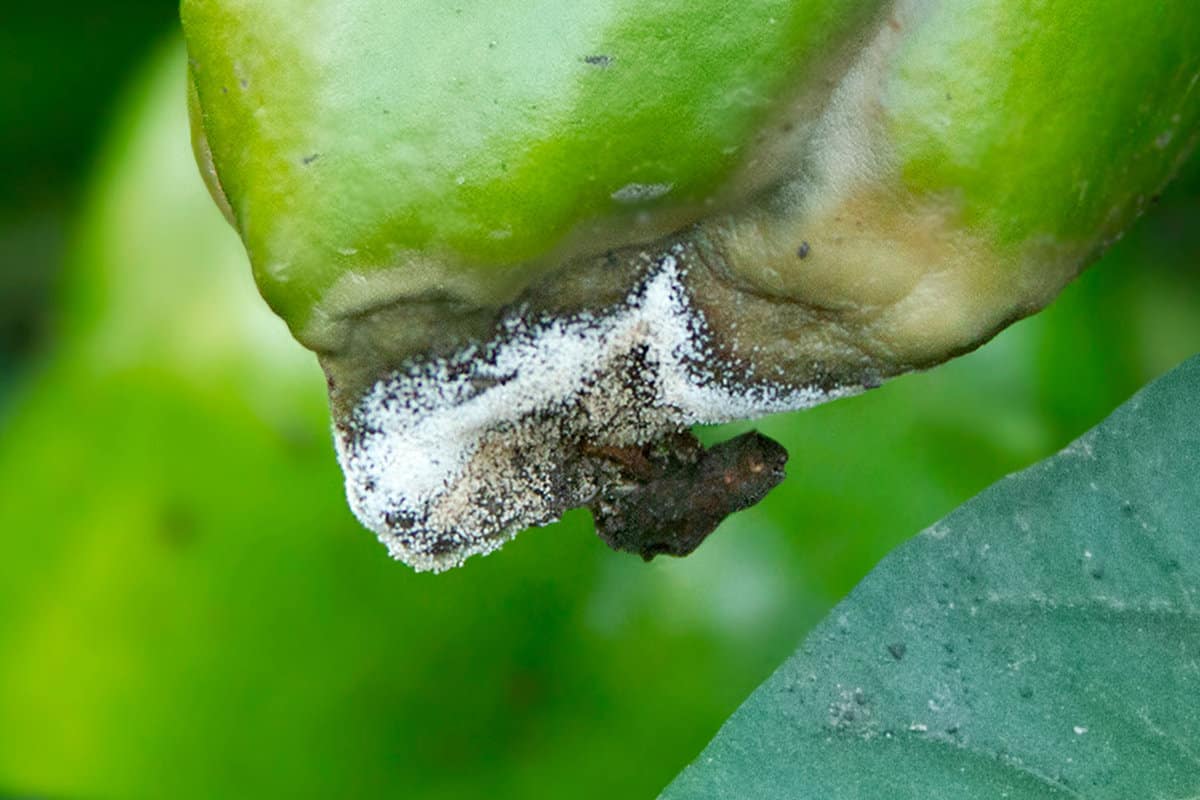
Botrytis, also known as gray mold, causes blight on portulaca oleracea. The symptoms appeared as spotted or brown leaves and stems. Fungus botrytis thrives in rainy spring, cool weather, and cool summer.
One way to control the infestation of botrytis is by removing infected leaves, flowers, or even entire plants and destroying them.
For minor fungal infestation, apply fungicide during springtime to control the infection.
Aphids
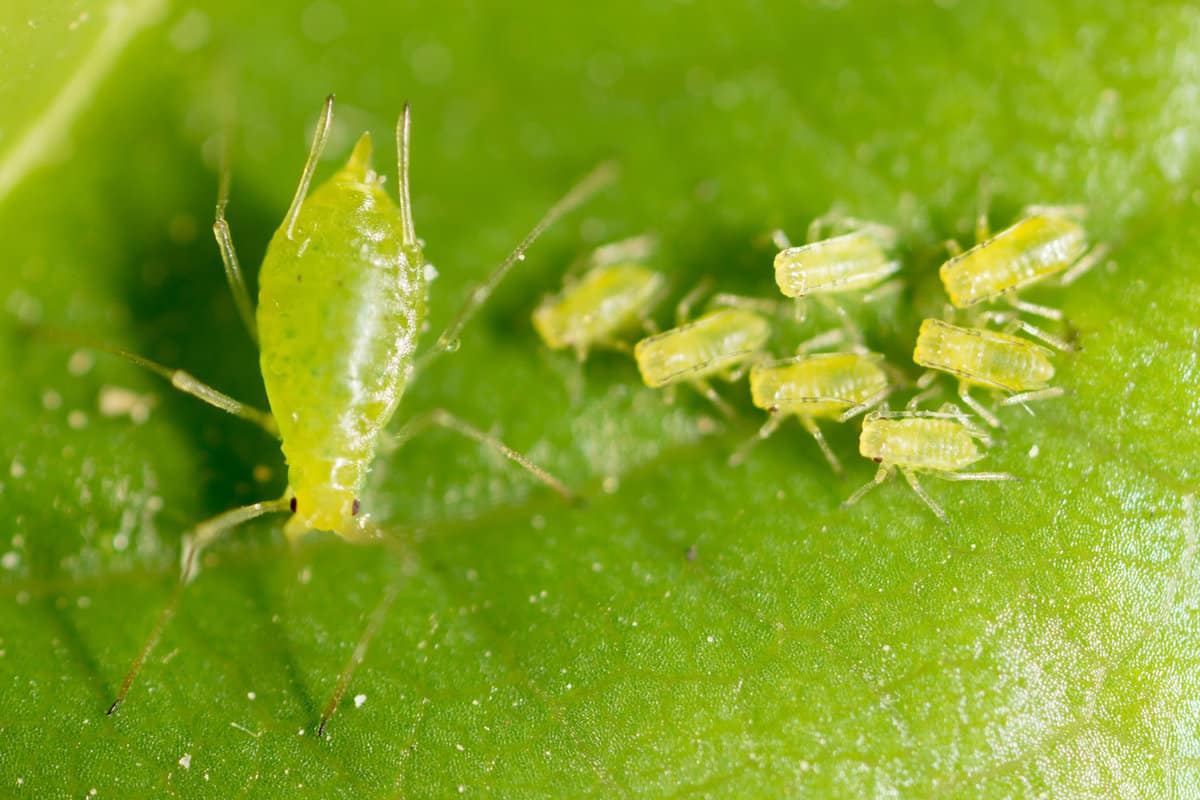
Aphids feed off plant saps from the tissues. The plant will die once they colonize it. One way to control aphids is to spray with pesticide or insecticide with neem oil.
Click here to check Bonide's Captain Jack Neem Oil on Amazon,
Do Portulaca Flowers Close At Night?
Portulaca flowers close at night and on cloudy days and only open during bright sunlight. However, new portulaca hybrids' flowers spread out all day. Closing-up blooms are more common in the single-flower version than in the double-flower version.
The single-flower versions are groundcovers and spread more horizontally, while the double-flower version resembles tiny roses with double petals and grows horizontally.
Do Portulaca Like Shade Or Sun?
Portulaca flowers require full sunlight. This plant is drought-tolerant. Its small leaves store water that helps the plant survive dry seasons. It also closes when it is cloudy or at night.
Should You Cut Back Portulaca?
Portulaca is annual and perennial. They die annually, and they produce new growth with small work. Portulaca needs a little maintenance to regrow:
- Prune the dead leaves or flowers, and they will continue to grow.
- You can cut them back in late summer and fertilize them.
- Harvest seeds before winter and bring back portulaca's next growing season.
- You can also transport portulaca in a container and keep it indoors during frost. Replant it in the garden in spring.
Why Is Portulaca Not Flowering?
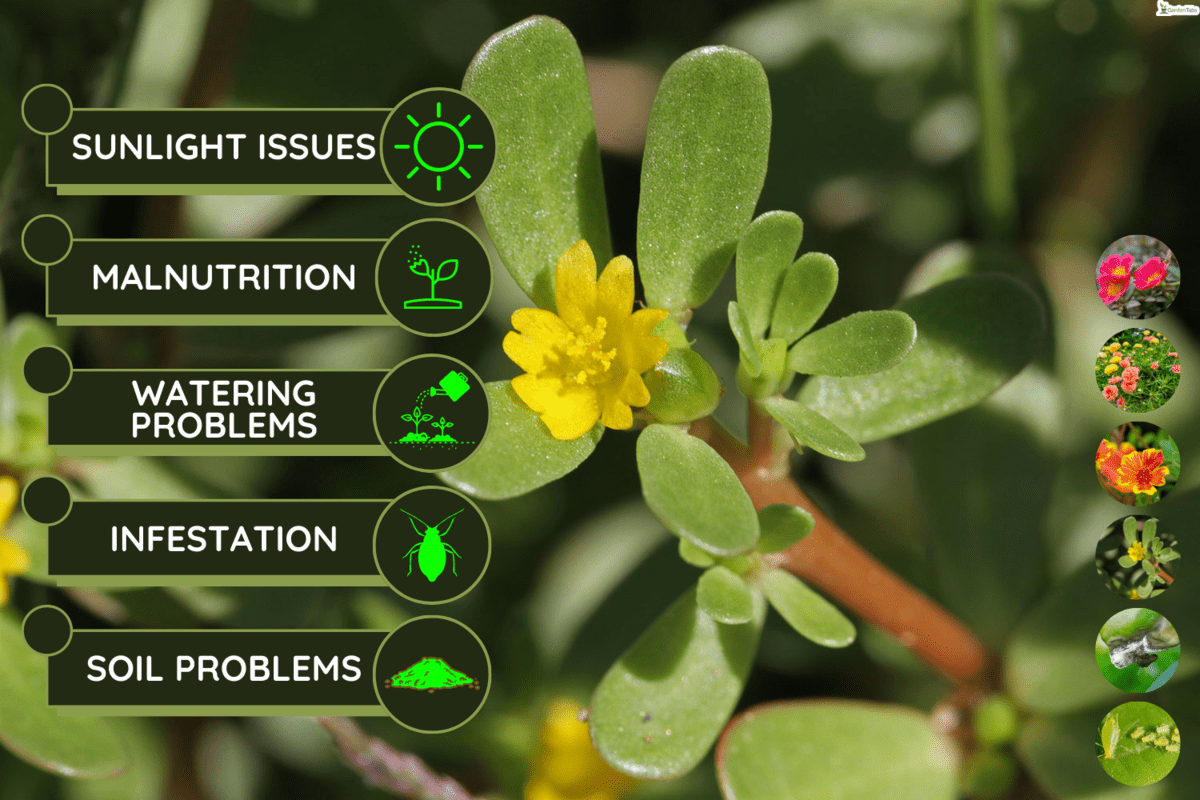
There are several factors why portulaca does not produce flowers:
Sunlight Issues
Portulaca loves sunlight, and it needs full sun to bloom. This plant needs 6 to 8 hours under the sun. You can still grow portulaca indoors, but it needs sunlight and heat to bloom. Place it near the window where the sun can penetrate. Avoid placing the plant in shades.
Malnutrition
Portulaca doesn't need too much plant food. Once in 20 days of fertilizer application is enough to supply nutrients to the plant and promote blooms. We suggest using organic or homemade fertilizer in feeding portulaca.
Watering Problems
Overwatering and underwatering can harm portulaca and may not produce flowers. Overwatering with poor soil and a container with poor drainage can kill your plant.
Portulaca needs well-drained soil and container to keep the moisture but not too soggy. Overly wet soil can attract fungi and bacteria and cause root rot. These issues will indeed affect the flower to bloom.
Underwatering is also not best for portulaca. This plant is drought-tolerant but still needs water to hydrate and bloom.
Water the plant once or twice a week, or check whether the topsoil is dry or wet. Water the plant if the soil is dry.
Infestation
Portulaca is prone to insects and pests, especially mealybugs. Mealybugs attack in the rainy season or due to over-fertilization.
You can apply organic pesticides such as neem oil to protect your plant from these pests and insects. Neem oil is good for protecting plants from pests. You can also use alcohol to wipe them out.
Soil Problems
As mentioned, portulaca needs well-drained soil to avoid sogging and prevent root rot. Use potting soil with perlite to keep the moisture and drain excess water.
What Are The Best Fertilizer For Portulaca?
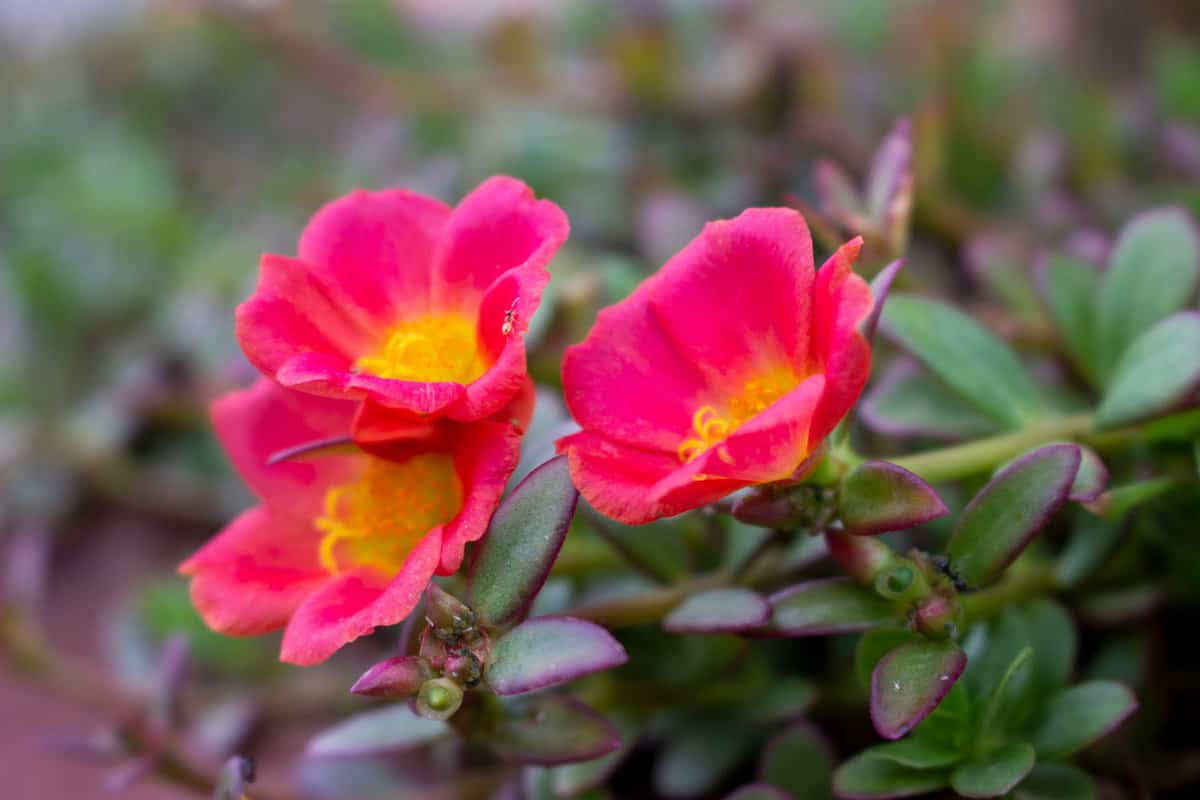
These are recommended fertilizers for portulaca:
Scotts Super Bloom Plant Food
Scotts Super Bloom has NPK [Sodium, Phosphorus, and Potassium] 12-55-6 ratio. It works best for outdoor flowers, containers, fruiting plants, and more. This fertilizer won't burn your plant when used as instructed.
Click here to check super bloom plant food on Amazon.
Osmocote Smart-Release Plant Food
Osmocote Plant Food has a ratio of 15-9-12 NPK with secondary nutrients. The secret of this fertilizer is the smart-release formula—harmoniously feeding and replenishing the nutrients needed while it doesn't burn the plant. Osmocote is ideal for your indoor and outdoor plants.
Click here to check smart-release plant food on Amazon.
Seedlingers Plant Fertelixir
Seedlingers can be used for any indoor and outdoor plant. This fertilizer is rich in energy to feed the soil and the microbes to support your plants.
Click here to check Fertelixir on Amazon.
Summary
We discussed the cause of why portulaca loses its leaves and how to control the problem. We also discussed other issues you may encounter in the future while growing portulaca. We hope we helped you through this article. If you want to learn more about portulaca and other gardening tips, you may read these posts:




